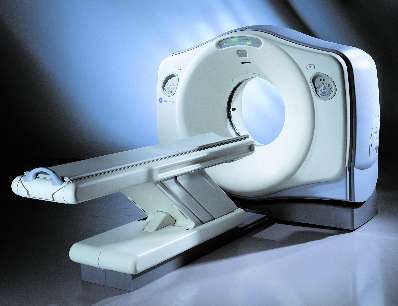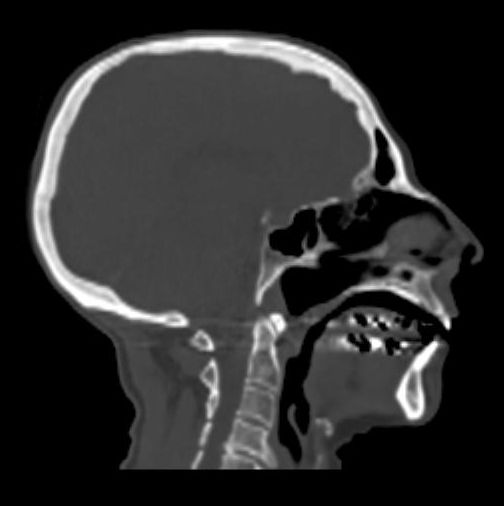The attorney is a Boston civil trial attorney licensed to practice in Massachusetts and New York. He has been litigating in state and federal courts in Massachusetts, New York, New Hampshire, Rhode Island and Vermont for nearly thirty years. He graduated from Yale University in 1976 and from University of Virginia Law School in 1980. He began his legal career in Paris, France and is fluent in French. In 1981 he returned to the U.S. and opened his own law practice in Cambridge, Massachusetts. He spent several years in the late 1980’s with a boutique Boston litigation firm, where he handled all the firm’s personal injury work. In 1987, he left the firm to reopen his own practice and has maintained his own law practice ever since.
While the attorney has trial experience in many practice areas (including criminal, divorce and probate), his primary focus has been civil trial practice, with an emphasis on plaintiffs’ personal injury and products liability claims. Other practice areas include insurance bad faith, legal malpractice, construction law and general commercial litigation, representing both plaintiffs and defendants.
the attorney brings a unique approach to business litigation. Unlike most firms, which bill hourly fees for services and demand large up front retainers, he is often prepared to represent claimants on a contingent fee basis, receiving payment only upon a successful recovery by trial or settlement.
While not every claim is appropriate for contingent fees, the attorney is prepared to review and evaluate potential claims at no initial cost to the client, and when appropriate, will enter into fee agreements contingent at least in part on the success of the case. This permits litigants to prosecute or defend claims knowing from the outset what it will cost to proceed with a claim.
The key to success in litigation, and in particular contingent or fixed fee cases, is objective and realistic early evaluation of the merits of a claim. This requires cooperation from the client in providing all the facts and producing all the relevant documents from the outset. There should be no surprises after the commencement of an action.
Continue reading

 Boston Accident and Injury Lawyer
Boston Accident and Injury Lawyer





